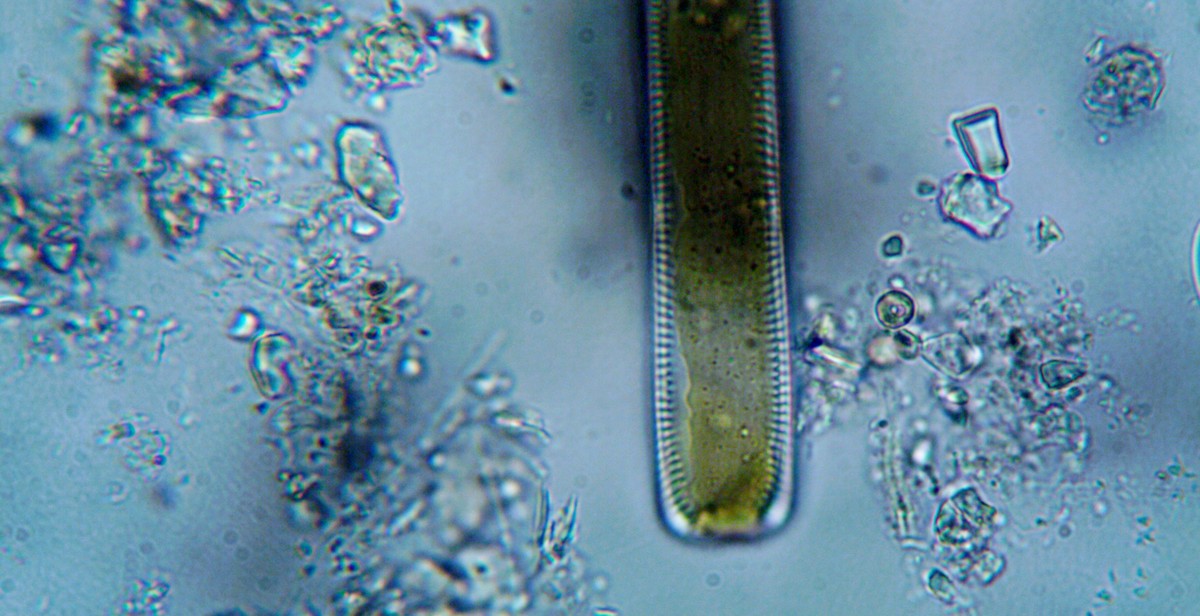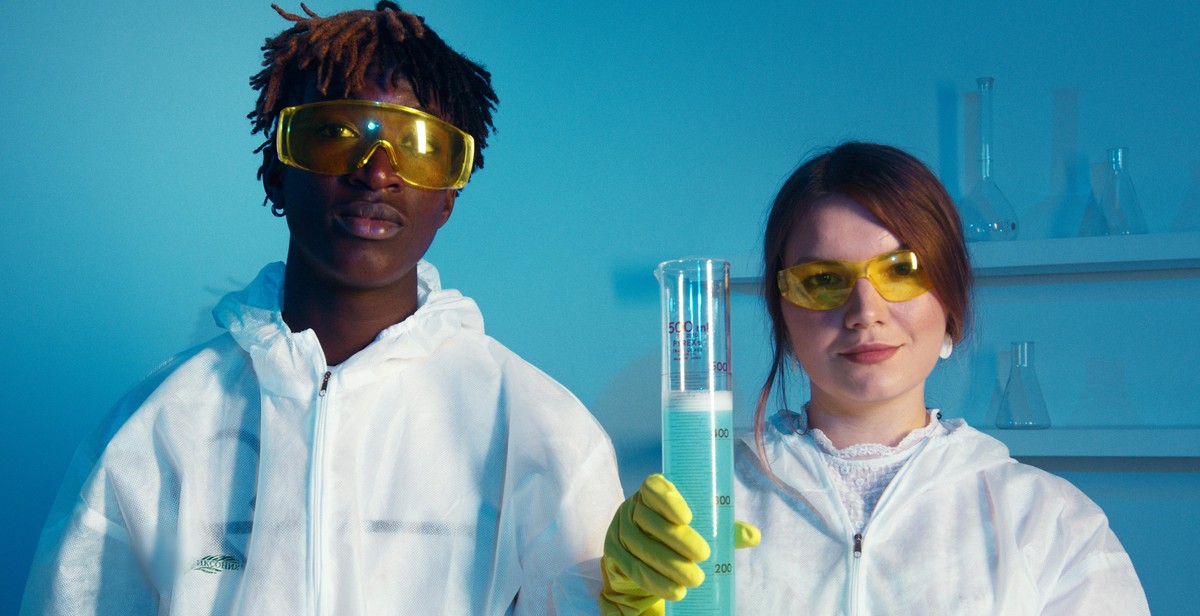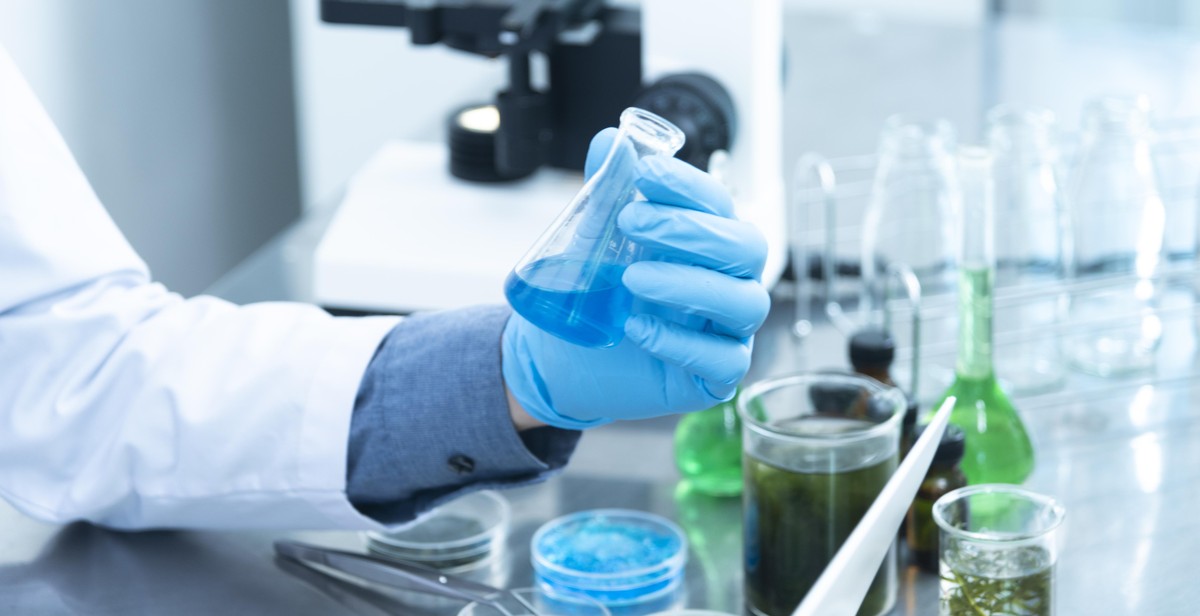Introduction to Microbiology
Microbiology is the study of microorganisms, which are living organisms that are too small to be seen with the naked eye. Microorganisms include bacteria, viruses, fungi, protozoa, and algae. Microbiology is a vast field that encompasses many sub-disciplines, including medical microbiology, environmental microbiology, industrial microbiology, and food microbiology.
Why is Microbiology Important?
Microbiology is important for several reasons. First, microorganisms play a critical role in the global ecosystem, as they are involved in processes such as nutrient cycling and decomposition. Second, microorganisms can cause diseases in humans, animals, and plants, and understanding how they function and spread is essential for preventing and treating these diseases. Third, microorganisms have many practical applications, such as in biotechnology, food production, and waste management.
History of Microbiology
The history of microbiology dates back to the 17th century, when Antonie van Leeuwenhoek first observed microorganisms under a microscope. In the centuries that followed, scientists made many important discoveries about microorganisms, including the role of bacteria in fermentation and disease. One of the most significant discoveries in microbiology was the development of the germ theory of disease, which states that many diseases are caused by microorganisms. This theory revolutionized medicine and led to the development of antibiotics and other treatments for infectious diseases.

Types of Microorganisms
Microorganisms are tiny living organisms that can only be seen under a microscope. They are found everywhere, from the soil to the air we breathe, and even inside our bodies. Microorganisms are classified into five main types:
Bacteria
Bacteria are the most common type of microorganisms. They are single-celled organisms that can be found in different shapes, including spherical, rod-shaped, and spiral. Bacteria are vital for many processes, including digestion, decomposition, and nitrogen fixation. While many bacteria are harmless, some can cause diseases like strep throat, pneumonia, and tuberculosis.
Viruses
Viruses are tiny infectious agents that can only replicate inside living cells. They are not considered living organisms because they cannot reproduce on their own. Viruses come in different shapes and sizes and can cause diseases like the flu, HIV, and COVID-19.
Fungi
Fungi are a diverse group of microorganisms that include yeasts, molds, and mushrooms. They can be found in different environments, including the soil, water, and air. Fungi are important decomposers and can also cause diseases like athlete’s foot and ringworm.
Protozoa
Protozoa are single-celled organisms that can be found in various environments, including freshwater, saltwater, and soil. Some protozoa are parasitic and can cause diseases like malaria and dysentery.
Algae
Algae are photosynthetic microorganisms that can be found in different environments, including freshwater, saltwater, and soil. They come in different shapes and sizes and are essential for many processes, including oxygen production and carbon fixation.
Understanding the different types of microorganisms is crucial in microbiology and helps scientists study and develop techniques to control and treat diseases caused by these microorganisms.

Microbial Growth and Culturing Techniques
Microorganisms require specific nutrient requirements for their growth. These nutrients include carbon, nitrogen, sulfur, phosphorus, trace elements, and vitamins. Culture media are designed to provide these nutrients to the microorganisms for their growth and reproduction.
Culture Media
Culture media can be classified as chemically defined or complex. Chemically defined media have a known composition and are used for the growth of specific microorganisms. Complex media have an unknown composition and are used for the growth of a broad range of microorganisms.
Commonly used culture media include nutrient agar, tryptic soy agar, MacConkey agar, and blood agar. Nutrient agar is a general-purpose medium used for the growth of a wide range of microorganisms. Tryptic soy agar is a complex medium used for the isolation and cultivation of bacteria. MacConkey agar is a selective and differential medium used for the isolation and differentiation of gram-negative bacteria. Blood agar is an enriched medium used for the growth of fastidious microorganisms.
Sterilization Techniques
Sterilization techniques are used to eliminate all forms of microorganisms from the culture media, equipment, and laboratory surfaces. Commonly used sterilization techniques include autoclaving, filtration, and chemical sterilization. Autoclaving is the most effective method of sterilization and involves the use of high pressure and temperature to kill all forms of microorganisms.
Inoculation Techniques
Inoculation techniques are used to transfer microorganisms from one culture medium to another. Commonly used inoculation techniques include streak plate, pour plate, and spread plate. Streak plate is used for the isolation of pure colonies of microorganisms. Pour plate is used for the enumeration of microorganisms and the isolation of pure colonies. Spread plate is used for the enumeration of microorganisms and the isolation of pure colonies.
Culture Incubation
Culture incubation is the process of maintaining the culture media at a suitable temperature and environmental conditions for the growth of microorganisms. The temperature and environmental conditions depend on the type of microorganism being cultured. Typically, bacteria are cultured at 37°C, while fungi are cultured at room temperature.
| Culture Media | Type | Use |
|---|---|---|
| Nutrient agar | Complex | General-purpose medium |
| Tryptic soy agar | Complex | Isolation and cultivation of bacteria |
| MacConkey agar | Complex | Isolation and differentiation of gram-negative bacteria |
| Blood agar | Enriched | Growth of fastidious microorganisms |

Microscopy and Staining Techniques
Microscopy is an essential tool in microbiology for studying microorganisms. Two significant types of microscopes are light and electron microscopes.
Light Microscopy
Light microscopes use visible light and a series of lenses to magnify the specimen for observation. The most common type of light microscope used in microbiology is the compound microscope. It has two or more lenses that magnify the specimen to a maximum of 1000x.
It is essential to prepare and stain the specimen before viewing it under the microscope. Staining is the process of adding color to the specimen to increase contrast and visibility. The most commonly used stains in microbiology are Gram stain, Acid-fast stain, and Endospore stain.
Electron Microscopy
Electron microscopes use a beam of electrons instead of light to magnify the specimen. They have a higher magnification power than light microscopes, and they can visualize even smaller structures. There are two types of electron microscopes: transmission electron microscope (TEM) and scanning electron microscope (SEM).
TEMs are used to view thin sections of specimens, such as bacteria, viruses, and organelles. SEMs, on the other hand, are used to view the surface of the specimen, providing a 3D image.
Staining Techniques
Staining techniques are used to highlight specific structures in the specimen. The most commonly used stains in microbiology are:
- Gram stain: used to differentiate between gram-positive and gram-negative bacteria based on the structure of their cell walls.
- Acid-fast stain: used to identify mycobacteria, which have a waxy cell wall that resists staining with traditional methods.
- Endospore stain: used to visualize endospores, which are dormant, resistant structures produced by some bacteria.
Other staining techniques include simple stain, negative stain, and flagella stain.
| Light Microscopy | Electron Microscopy | |
|---|---|---|
| Source of illumination | Visible light | Electron beam |
| Magnification | Up to 1000x | Up to 1,000,000x |
| Resolution | 0.2 μm | 0.001 μm |
| Specimen preparation | Staining required | Specimen must be dehydrated and coated with a thin layer of metal |

Identification and Characterization of Microorganisms
In microbiology, identifying and characterizing microorganisms is crucial for understanding their behavior, ecology, and pathogenicity. Microbial identification can be done through phenotypic or genotypic methods.
Phenotypic Methods
Phenotypic methods involve the physical and biochemical characteristics of microorganisms. These methods are based on the principle that different microorganisms have unique phenotypic features that can be used to differentiate them from each other. Phenotypic methods include:
- Microscopic morphology: This involves observing the size, shape, and arrangement of cells under a microscope.
- Cultural characteristics: This involves observing the growth patterns, color, texture, and other characteristics of microorganisms on different types of media.
- Biochemical tests: This involves testing the ability of microorganisms to produce enzymes or metabolize specific compounds.
- Serological tests: This involves testing for the presence of specific antigens or antibodies in the microorganism.
Phenotypic methods are relatively easy and cost-effective to perform but may not provide enough specificity to differentiate closely related microorganisms.
Genotypic Methods
Genotypic methods involve analyzing the genetic material of microorganisms. These methods are based on the principle that different microorganisms have unique genetic features that can be used to differentiate them from each other. Genotypic methods include:
- PCR (polymerase chain reaction): This involves amplifying specific regions of the DNA or RNA of the microorganism.
- DNA sequencing: This involves sequencing the genetic material of the microorganism to identify specific variations or mutations.
- RFLP (restriction fragment length polymorphism): This involves cutting the DNA of the microorganism with specific enzymes and analyzing the resulting fragments.
- Whole-genome sequencing: This involves sequencing the entire genome of the microorganism to identify all genetic variations.
Genotypic methods are highly specific and can differentiate closely related microorganisms. However, they are often more expensive and require specialized equipment and expertise.
| Phenotypic Methods | Genotypic Methods |
|---|---|
| Relatively easy and cost-effective | More expensive and require specialized equipment and expertise |
| May not provide enough specificity to differentiate closely related microorganisms | Highly specific and can differentiate closely related microorganisms |
| Based on physical and biochemical characteristics | Based on genetic material |

Applications of Microbiology
Microbiology is a vast field that has various applications in different sectors. Here are some of the applications of microbiology:
Medical Microbiology
Medical microbiology is the study of microorganisms that cause diseases in humans. It is an important field that helps in the diagnosis, treatment, and prevention of infectious diseases. Medical microbiology is used in clinical laboratories to identify and characterize microorganisms that cause diseases. It also plays a crucial role in the development of vaccines and antibiotics.
Industrial Microbiology
Industrial microbiology is the application of microorganisms in various industries. It is used in the production of food, beverages, pharmaceuticals, and other products. Microorganisms such as bacteria and yeast are used in the fermentation process to produce products such as beer, wine, and cheese. They are also used in the production of antibiotics, enzymes, and other pharmaceutical products.
Environmental Microbiology
Environmental microbiology is the study of microorganisms in the environment. It helps in the understanding of the role of microorganisms in the ecosystem. Environmental microbiology is used in the bioremediation of polluted environments. Microorganisms are used to break down pollutants and convert them into harmless substances. It is also used in the study of microbial ecology, which is the study of the interactions between microorganisms and their environment.
| Field | Application |
|---|---|
| Medical Microbiology | Diagnosis, treatment, and prevention of infectious diseases |
| Industrial Microbiology | Production of food, beverages, pharmaceuticals, and other products |
| Environmental Microbiology | Bioremediation of polluted environments and study of microbial ecology |
